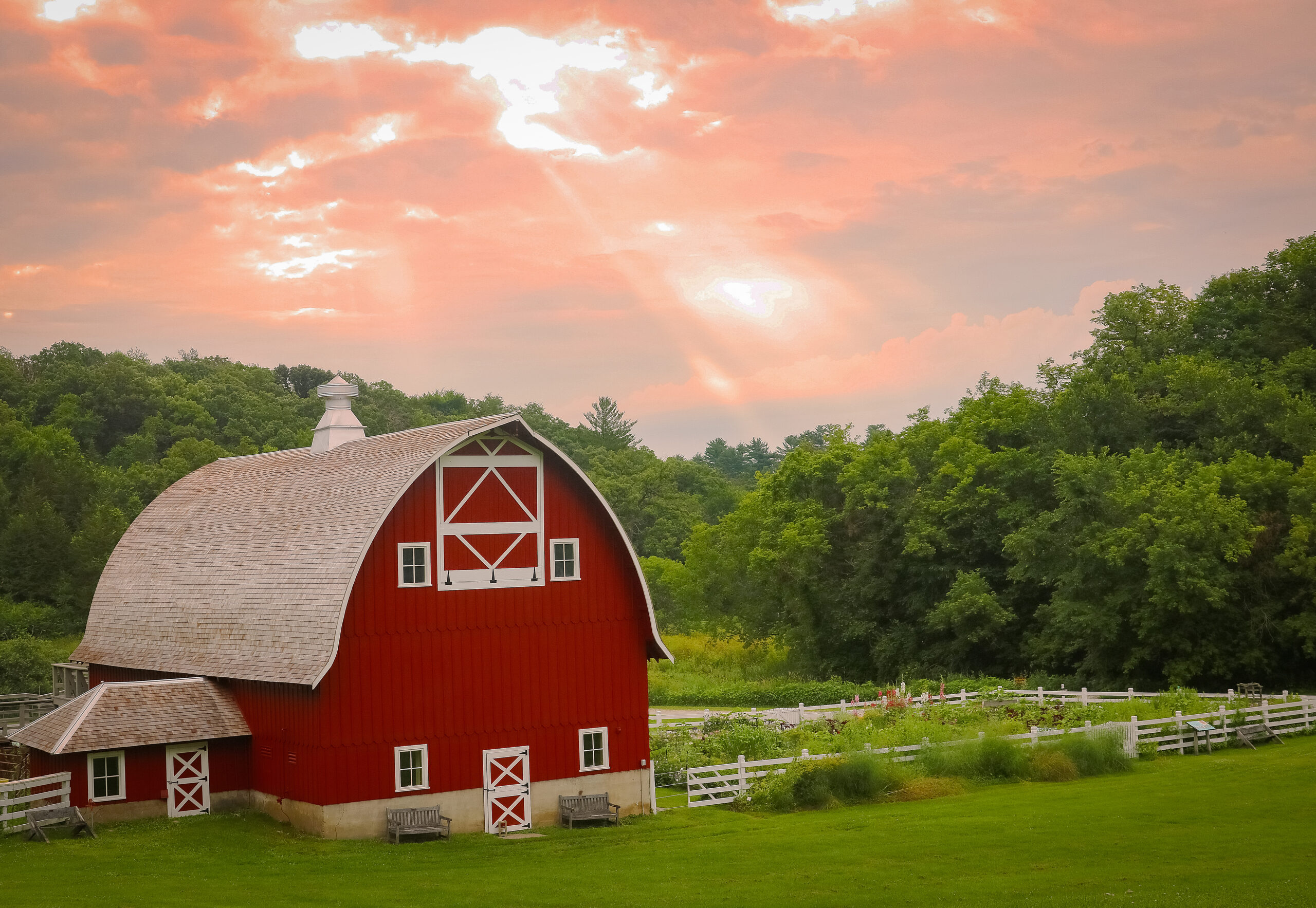I've noticed a change in the dried beans for the last year or two or maybe longer. I can a lot of them and they no longer have the same consistency etc., before and after canning. It's like they've been presoaked and redried or something. Because I wasn't happy with the look, etc. of the dried beans, I considered growing and drying my own and since I doubted their viability as far as sprouting, I tried what I had on hand which was two brands of pintos and one of great northern beans. Of course none have sprouted.
I decided I'd look for some organic ones and might have better luck with them so I went to WM.com first, just to see what was available, along those lines, at the store in my town. That's when I started seeing something I've never seen before. Many of the organic varieties were described as sproutable. Maybe I'm behind and everyone else has known all along that our beans are now being pretreated in some ways that makes them unable to sprout. I'd suspect irradiation but the one's I've used have looked almost slightly precooked the way the hull is wrinkled or loose in places.
I guess I'll check at the hardware and feed stores to see if they have any bulk seed but I'm not optimistic...pretty sure I'll be ordering them or buying the small packets...just to get enough to grow a seed crop this year and to try cooking them fresh to see how I like them. I'll start with pintos and if that works out, I'll try great northern beans next.
I'm not happy that one of our favorite staples is no longer what it use to be and who knows what's being done to them. I have noticed that pinto beans cook in half the time they use to and they are missing something in the flavor department. They need to take them off the lists of items they claim you can grow with what you have in your pantry. Next they will figure out some way to keep the seeds in the fresh produce we get at the grocery from being live.
I decided I'd look for some organic ones and might have better luck with them so I went to WM.com first, just to see what was available, along those lines, at the store in my town. That's when I started seeing something I've never seen before. Many of the organic varieties were described as sproutable. Maybe I'm behind and everyone else has known all along that our beans are now being pretreated in some ways that makes them unable to sprout. I'd suspect irradiation but the one's I've used have looked almost slightly precooked the way the hull is wrinkled or loose in places.
I guess I'll check at the hardware and feed stores to see if they have any bulk seed but I'm not optimistic...pretty sure I'll be ordering them or buying the small packets...just to get enough to grow a seed crop this year and to try cooking them fresh to see how I like them. I'll start with pintos and if that works out, I'll try great northern beans next.
I'm not happy that one of our favorite staples is no longer what it use to be and who knows what's being done to them. I have noticed that pinto beans cook in half the time they use to and they are missing something in the flavor department. They need to take them off the lists of items they claim you can grow with what you have in your pantry. Next they will figure out some way to keep the seeds in the fresh produce we get at the grocery from being live.

